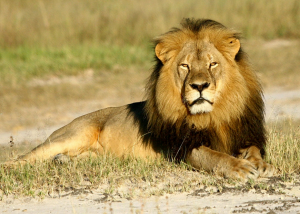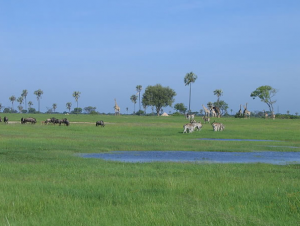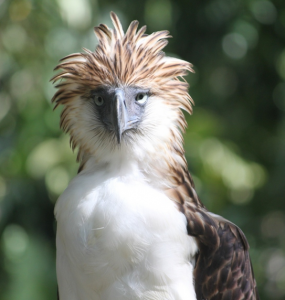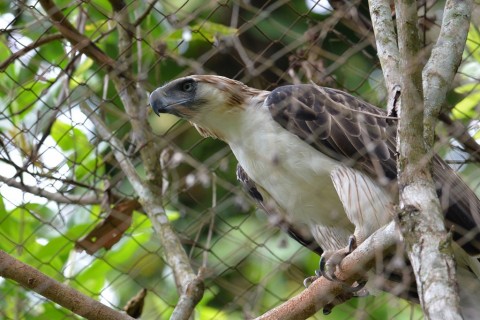

QUEZON City, Philippines (September 11) – For a country that has been largely left to its own fate, the sudden spike in international interest in Zimbabwe did not come from the high unemployment figures, the food shortages, the state persecution of vendors, the lack of medicines, the lack of cash – but from a lion named “Cecil” by conservationists.
Here are some quick facts about Cecil the Lion:


- A major tourist attraction in Hwange National Park – Zimbabwe’s largest game reserve
- The 13-year-old animal was renowned for being friendly towards visitors
- Recognisable because of his large size and distinctive black mane
- Led two prides containing six lionesses and 12 cubs along with another lion, Jericho
- Was being monitored as part of an Oxford University study into lion conservation
Cecil The Lion is one of the best attraction in Zimbabwe – the people loved the lion so much. Which is why the American dentists who shot and killed him was unprepared for the public backlash that resulted from his killing of a famous national treasure. And the international community of netizens joined in.


The defense of the hunters was the same. They are in a place were it is legal to conduct a hunt, they don’t know or they don’t recognize that the animal that they are shooting are famous.
But can one claim ignorance in face of such ecological travesty?
The government of both nations must step up on their awareness campaign to raise the consciousness of, not only their own citizens but also those of tourists who visit said countries, regarding the endangered species residing within their territories. Also, said governments should enact measures that will declare game hunting and hunting for sport illegal.
Really, it is no surprise when the people of Zimbabwe reacted with outrage at the killing of Cecil the Lion. Just imagine what you will feel when your pet was shot to death.
We Filipinos should also be outraged by the death of Pamana. The death of Cecil and Pamana should not be in vain. Measures must be adopted, new attitude must be learned so that these magnificent creatures are insured to survive and share the planet with future generations.
(written by Cleeve Lemuel Carpio, edited by Jay Paul Carlos, additional research by Lovely Ann Cruz)


